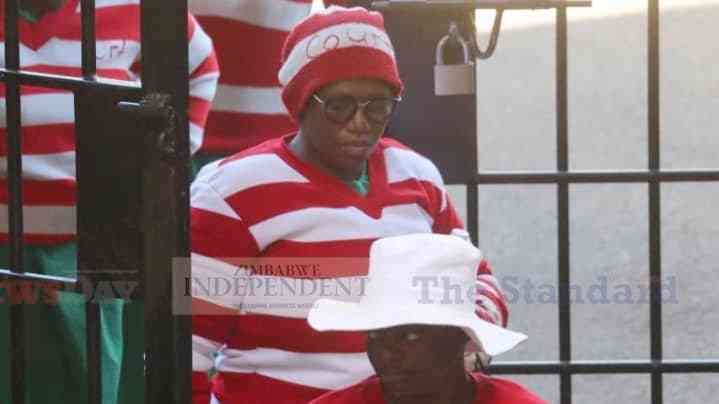
Nevertheless, his artistic footprints can be traced as far as Netherlands, Germany, Norway, Paris and Sweden, to mention a few.
Born on November 11 1932 in the Chewa tribe, he came to Zimbabwe in 1949 and developed his artistry skills at Tengenenge, an artists’ society which was set up at Tom Blomefield’s farm, located on the slopes of The Great Dyke.
By the time of his death, he was one of the most fulfilled sculptors, yet his works, phenomenon, aspirations and dreams are still worth acknowledging to the offspring of the artist and recipients of his baton in the journey of life.
The image he created of himself dating back to 1949 (in then Southern Rhodesia) is a mark of a committed artist who carefully nurtured his progeny and whose commitment is mirrored through his works and life-time achievements.
Although his stone sculptures were based upon tradition and traditional beliefs, they were given a humanistic expression through a modern language and up to today, they still stand tall, even among the crop of artists who followed his genre.
In June 1966, Akuda carved a black serpentine stone, his first piece, an introduction of what was to come out of him as a sculptor.
According to the National Gallery of Zimbabwe, Akuda had a distinctive style: carved and rounded elements showing a pleasing naturalism.
He was popularly known for his ability to carve emotions into stone. Common among his works were smiling figures, happy families and interactions between human beings and animals.
- Chamisa under fire over US$120K donation
- Mavhunga puts DeMbare into Chibuku quarterfinals
- Pension funds bet on Cabora Bassa oilfields
- Councils defy govt fire tender directive
Keep Reading
One of the pieces he curved in the 90’s, the Mother and Child (pictured right) became a must- have among most of his collectors worldwide.Through his art, he also imbued animals with human qualities: wisdom, tenderness-sadness or mock anger and even captured several emotions in his numerous small carvings.
In 1994 he was recognised by Cites for his depiction of nature in his art, especially the “flying elephants”.
It was during a time when Zimbabwe was looking to come to terms with the international community which was advocating for the killing of local elephants, regarding them as overpopulated and unbearable for the environment.
As a result, Zimbabwe won the right to keep its elephants.
Akuda: an international exhibitor
Akuda’s experience and works saw him travelling extensively worldwide, exhibiting and marketing his sculptures in several countries in Europe.Some of these prestigious exhibitions included the New African Art, Museum of Modern Art, New York and United States of America in 1968 and Feingarten Galleries (1970), Los Angeles in the US and Art from Africa, London in the United Kingdom(1973).Not only was he popular overseas but his works came to be appreciated even locally.
He participated in many charitable organisations beginning from the 90s and was very much involved with the Child Survival and Development Foundation, the organisation which was the brainchild of the late Sally Mugabe.
Collaborating with some of the famous and appreciated artists of this generation that include Tapfuma Gutsa, the late Nicholas Mukomberanwa, Bernard Matemera and Henry Munyaradzi, he played a major role in the development of society through working closely with this organisation.In 1988 he was awarded a certificate of Excellence in Visual Arts with the National Art Gallery.
He also devoted his energies towards the development of the girl child’s education, working in partnership with CamFed (Cambridge Female Education Trust).
He did not end there but went as far as developing the welfare of the young and upcoming artists and was known for his distinctiveness, originality and hard work.
Among the generation of artists he nurtured include Perlagia Mutyavaviri, who to date has also travelled extensively and has won several awards, including the Kristen Diehl Sculpture Prize.
For all the 50 years of his life, he devoted his time to art and made contributions that will always be remembered. He was arguably one of the distinctive life-time achievers.











